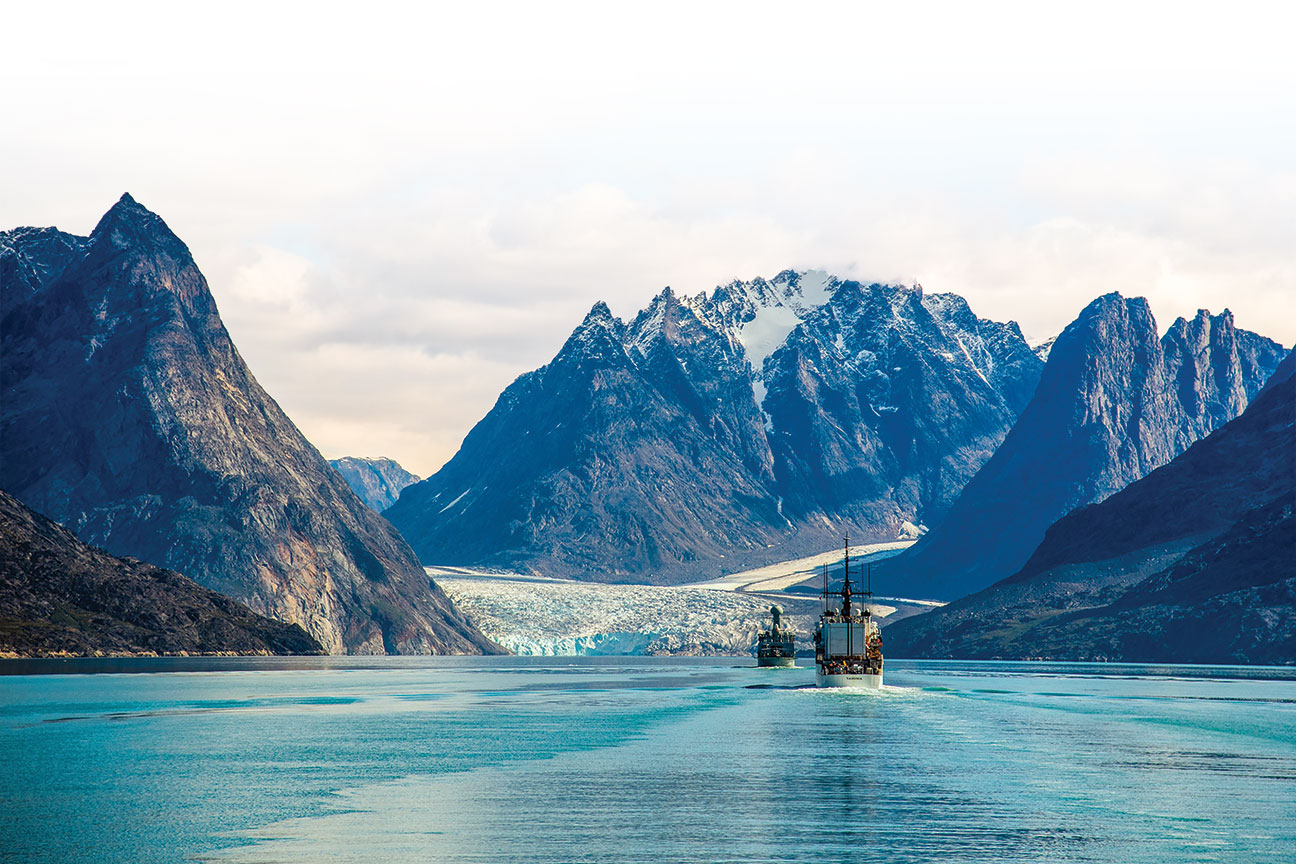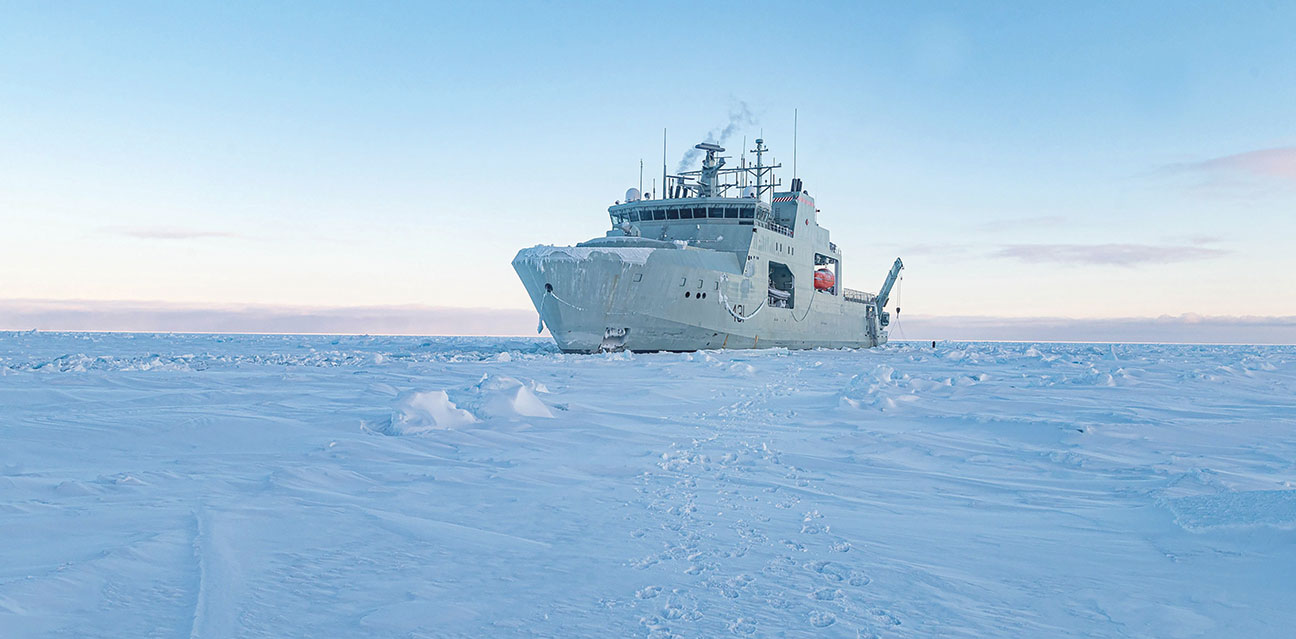The U.S. Coast Guard was faced with an uncomfortable reality in 2024 when fire disabled its cutter Healy. Years ago, this absence would have passed without notice. In mid-2024, however, it took place within the context of a rapidly growing presence of the Chinese Communist Party (CCP) in the region. Indeed, Beijing set a new milestone in 2024 by deploying three icebreakers to the Arctic.
While those Chinese ships posed no threat to North America, the country’s growing Arctic capability presents the U.S. and its allies with a clear, long-term challenge in the region. That risk has been widely debated in recent years but is commonly misunderstood.
Chinese warships and submarines likely are less of a concern than the hybrid and unconventional threats manifesting elsewhere. Whether it is illegal fishing, cable cutting or proxy actors challenging state jurisdiction, the CCP’s modus operandi suggests that it seeks to exploit regional weakness and power imbalances below the threshold of armed conflict.

The U.S. faces the challenge of monitoring the growing CCP presence in Chinese maritime scientific research and dual-purpose military/civilian drone and survey activity. Over the longer term, a lack of icebreaker capacity also will limit U.S. surveillance of Chinese fishing vessels, commercial activity, and even pleasure cruises through territorial waters and the exclusive economic zone. Canada’s recent discovery of a Chinese buoy in its waters suggests that a closer watch is needed.
The U.S. Coast Guard has a nearly $12 billion program to acquire three heavy icebreakers and is expecting to produce its first ship in 2031. The CCP, meanwhile, is moving with speed. The construction of Ji Di and Tan Suo San Hao took only two years from first steel cutting to completion. The much larger Xue Long 2, China’s first domestically built polar icebreaker, was completed in 2019 in less than three years.
A clear solution to meet these capability gaps is for the Coast Guard to leverage the partnership with Canada and develop a more integrated and joint Arctic capability to monitor and deter adversary activity.
Over the past decade, Canada has built significant new Arctic capabilities. While the Canadian Coast Guard boasts a fleet of nine heavy and medium icebreakers, steel has also been cut on a state-of-the-art Polar Class (PC) 2 vessel. In December 2024, the country also launched its sixth Arctic and offshore patrol vessel for the Royal Canadian Navy — with two more slated for delivery to the Canadian Coast Guard by 2027. These PC5 ships (with a PC4 bow) can break up to 6 feet of ice and mount an Mk-38 25 mm machine gun system. While lightly armed for a warship, they are capable patrol vessels, designed to monitor and police activity in the region.

For any country, the value of an alliance stems from the ability to leverage capabilities present in allied forces. In the Arctic, Canada has much to offer. Turning that capability into a real effect, however, requires a new framework for North American defense. While the aerospace realm has long been well managed through the North American Aerospace Defense Command agreement, the maritime space has never been defended jointly. As adversary activity increases in the North American Arctic, a joint approach to surveillance and presence is becoming increasingly vital.
This joint approach should entail more structured, formalized and common Canadian-U.S. planning and coordination of exercises and operations to ensure persistent ship availability in the Western Arctic. This presence would provide the U.S. with the monitoring capability that it needs and even an enforcement capability in a pinch. Indeed, while lightly armed, Canadian Arctic and offshore patrol vessels were designed to police civilian and hybrid state vessels. These Canadian ships were also developed with interagency cooperation in mind and can host entire teams of U.S. Coast Guard personnel and other U.S. shipriders with the mandate and power to enforce U.S. law.
In addition to the operational value that a larger, combined presence would offer, this joining of resources also would provide deterrent value. A strong and stable presence would deter illegal research or other activities that the CCP might otherwise be tempted to undertake. Over the long term, a well-coordinated, continentwide maritime presence would also deter illegal fishing or unsafe shipping activity, which might otherwise develop in a perceived power vacuum.

A more joint approach to North American Arctic defense is a clear solution to the icebreaker gap now becoming visible. The value of alliances rests in this form of mutual support, and the U.S. partnership with Canada should be leveraged to fill that gap.
This article is part of a Fulbright Arctic Initiative program of work. The author acknowledges financial support from Fulbright, which is sponsored by the U.S. Department of State and Fulbright Canada. The content of this work is solely the responsibility of the author and does not necessarily represent the official views of the Fulbright Program, the government of the United States or Fulbright Canada.

